- تاریخ انتشار: 23 Nov 2022

A chemical hood is a primary method of exposure control in the laboratory. A chemical hood is a vented enclosure that is usually vented separately from the building’s heating and air conditioning system and is not recirculated into the building. A fume hood should be used when working with toxic compounds or compounds with a boiling point below 120°C. Chemical fume hoods or other effective local fume hoods should be provided and used when the materials used exceed the exposure limits in the laboratory.
Types of chemical hoods
The types of chemical hoods in the university include chemical, radioisotope and perchloric acid hoods with different air flow controls. Hood controls include fixed air volume, variable air volume and two-mode control. Some of the old wooden chemistry hoods and chemistry “cupboards” are still preserved. Hoods display a label that identifies the type of ventilation control:
Chemical hoods are divided into one of two groups: 1) standard flow and 2) low flow. Standard flow steamers are designed to operate at 0.030 linear km/min at a sash height of 0.457 m. (Note that some older hoods are designed to operate at 100 LFM at full sash height, up to 0.635 m). Low flow chemical hoods are designed to operate at 70 LFM at a sash height of 0.457 m.
How to use a chemical hood
When used correctly, a chemical hood can provide adequate protection for most laboratory processes.
Chemi hood should work while the sash is not higher than the red arrow.
Chemical hood testing and inspection
Ferdows Equipment Light performs a performance test to ensure hoods are performing as required every 18 months. Performance testing typically includes evaluation of face speed, voice, restraint, monitor performance, and tracking ability (if applicable). Ferdows Equipment Light Industry may also notice any problems observed in controls, sashes, baffles, piping, lighting or corrosion.
The chemical hoods tested by Noor Sanat Tehzih Ferdous have a label that records its inspection history.
If the hood fails inspection, it may need to be taken out of service pending repair. Noor Sanat Tadiz Ferdows informs researchers and sends a “do not use” signal if repairs are needed. When the researchers of Noor Sanat Tehzif Ferdous complete the repairs, Ferdous Tehzif retests the hood and puts it back into service.
Things you need to know about fume hoods
When excessive exposure to air pollutants produced by a laboratory activity is likely, use a hood or other engineering controls rather than a benchtop.
In case of laboratory relocation and some services/repairs, laboratory personnel and researchers are responsible for disinfecting their chemical hoods.
Be careful to turn off the air conditioning system and do not use the hood when the room service air conditioning system is off.
Chemical hood alarm
Most fume hoods are equipped with monitors that generate an audible and in some cases visible alarm when airflow drops to about 80% of design speed. If your alarm goes off, you should follow the instructions below:
Make sure the hood vent is working. If the alarm continues, close the glass door of the hood and wait for a while, then open the glass door at your working height.
If the alarm continues, stop using the hood, close the glass door and contact Noor Sanat Tadiz Ferdos.
If you have a problem with your chemical hood, contact Noor Sanat Tadiz Ferdous at 026-34030131-2. We will troubleshoot the problem and may refer it to researchers for repair.
Hoods are maintained by researchers.
Buy a chemical hood
Ferdows Equipment Light Industry is required to ensure that the right hood is selected and that the building infrastructure can support the installation. Installation and replacement of a chemical hood may require design and planning, decontamination and work beyond the simple installation of the hood.

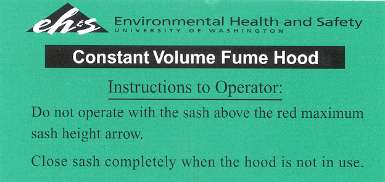
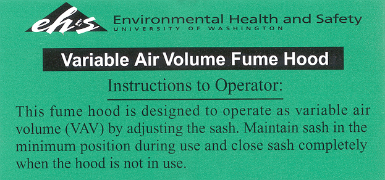
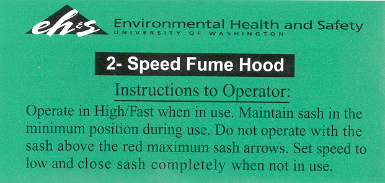

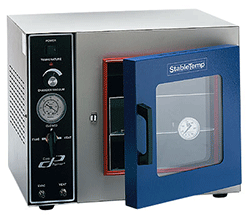
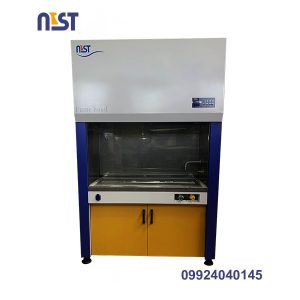
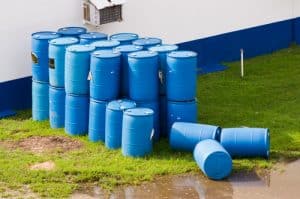
دیدگاه شما